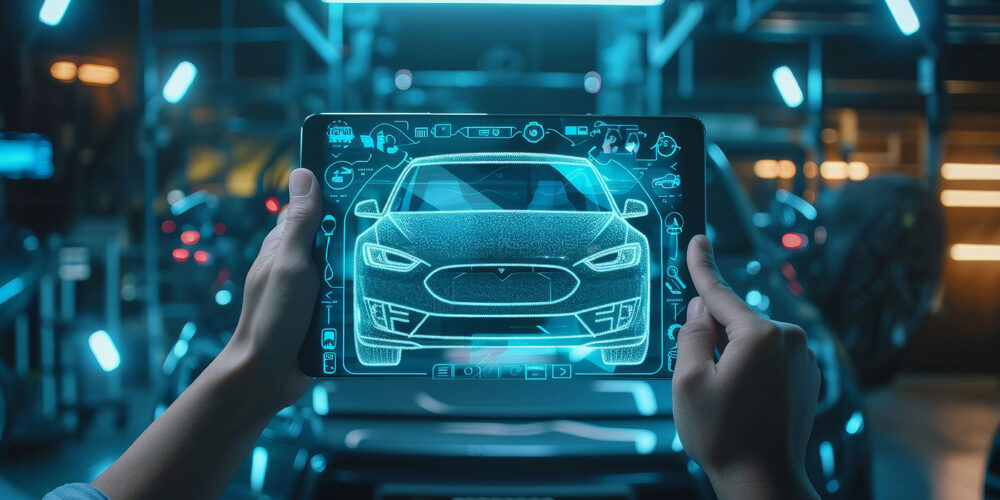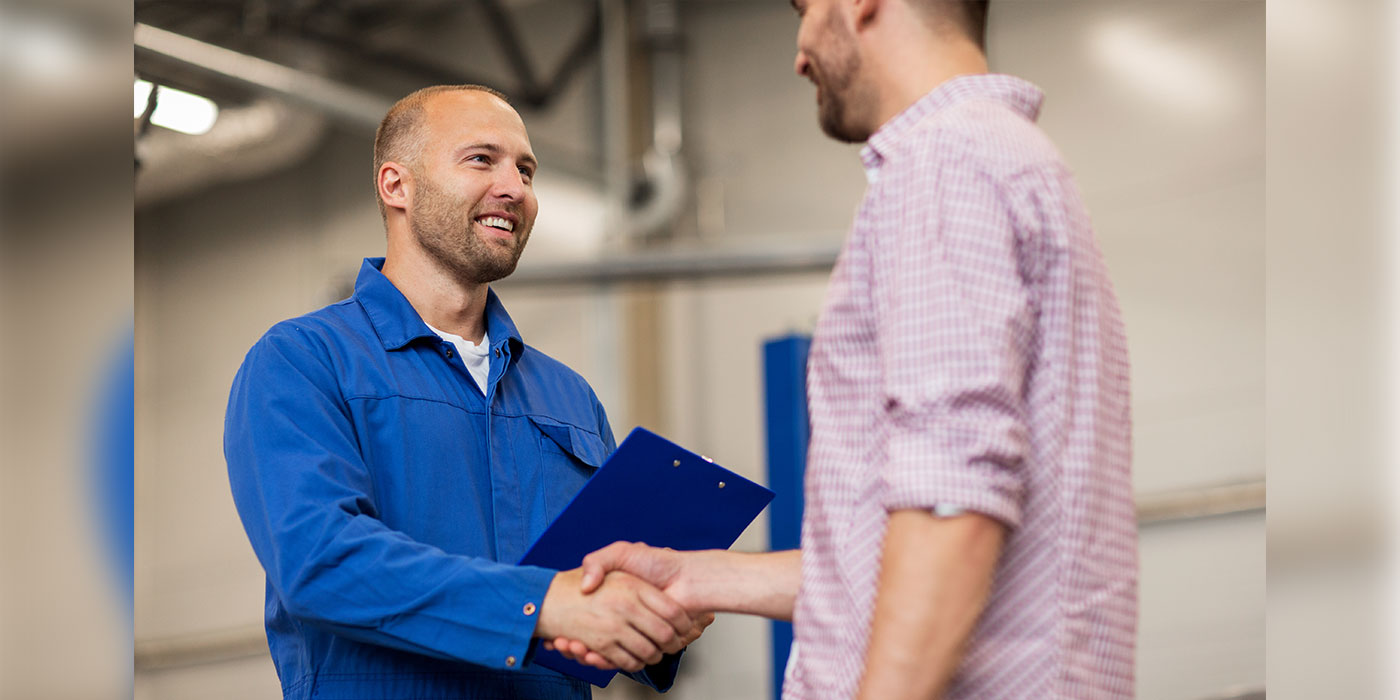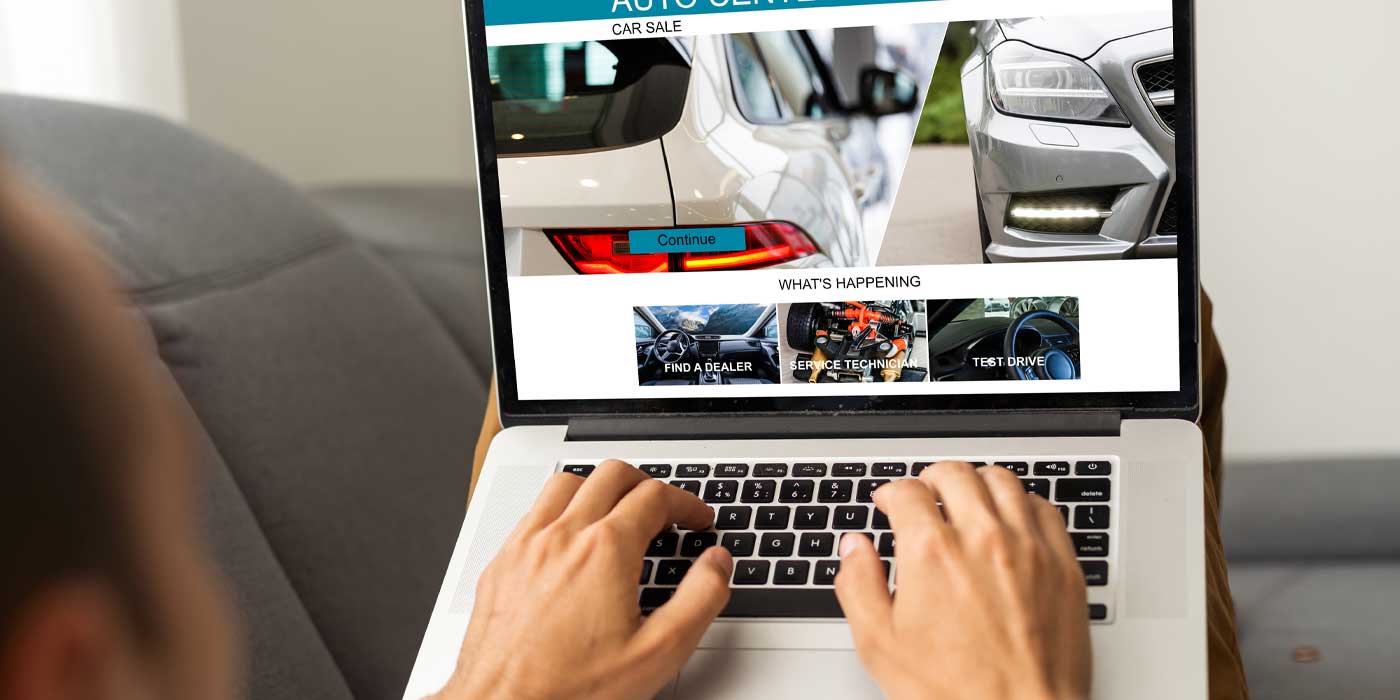The majority of companies offering digital-retailing products claim to be disruptors in this area.
That’s not how we should look at it.
The goal for digital retailing should not be to disrupt an auto industry that has been working pretty well for many decades. We should be complementing the existing sales models and working to further expand transparency. We should take the processes that have been created at dealerships over the decades and use them in the digital marketplace.
We don’t want to destroy these processes. We want to complement the systems that the dealership already has in place and honor the processes that result in a successful sale. Dealerships already understand their processes better than anybody.
It doesn’t make sense to change up that entire experience. It does make sense to emulate those experiences on the web, and do it in a way that is transparent for the consumers and also provides dealerships with everything they need to close the deal.
Most of the digital tools in the market came to world as something else. They originated in a different vertical and are now trying to pivot to digital retailing, but almost all are really nothing more than lead generators. The thing is, that’s not what consumers are looking for. Consumers don’t want to think of themselves as just a lead. They are people, and they have an expectation that at the end of this interaction with the dealership they are going to purchase the vehicle they want.
Digital retailing should help that interaction as much as possible. Just creating a lead is disingenuous to the customer. We need to give them as much power as possible in a streamlined way to allow them to enjoy the buying experience while, again, not disrupting the processes in place at the dealership. We have to meet expectations on both sides, and the primary consumer driver is to be in control of the process.
Consumers Do Their Homework
It is important for us to understand that with all the tools that are available to consumers these days, the majority of buyers coming to dealerships are already well educated about what they want to purchase. They already know what the approximate values are, what a trade-in is worth, etc. That should be acknowledged.
In the past, there was a lot of leeway at dealerships that had all the information — this is what it costs, here’s what we can offer you. Now consumers come into the dealership with all that information already. In many ways, the dealership really is a facilitator of the deal. Consumers have already talked themselves into buying the vehicle by the time they come in, and yet it still takes five to six hours in the showroom on Saturday to complete the process.
The purpose of digital retailing is to not talk somebody into buying a vehicle. It is to let them talk themselves through the buying experience as quickly as possible in a way that is fun, informative and, most importantly, transparent for them so they know exactly what they’re going to get out of the transaction. We can reduce the buyer’s remorse for them because, essentially, they talked themselves into making the purchase.
From a consumer standpoint, the digital-retail landscape gives us an opportunity to make the process a lot friendlier for them. For consumers who are introverted, intimidated by the dealership process or don’t have time for it, we put that power back in their hands.
That’s something that people now expect from the Amazons of the world and major retailers. These processes are the same for everybody. There’s no discrimination there. You’re not worried about what people think about you. You can just make that purchase and move on with your life, and just walk into a Walmart or Target to see it firsthand.
In the automotive space, that’s the expectation people should have, and that goes back to the transparency aspect as well.
Control Your Entry
There’s a misconception about digital retailing that you have to dive into the entire platform right off the bat. My recommendation would be to integrate digital-retailing products into your showroom first. Your dealership and salespeople will control it, grow familiar with how it works, and develop a level of comfort before you deploy something that will be consumer-facing.
That will allow you the opportunity to vet these products and make sure they’re right for you. It doesn’t mean that you have to commit 100% to a digital-retailing tool. Identify products that will work in your showroom, gauge your comfort with them, and work your way toward the full digital-retailing suite.
We’ll see digital retailing roll out just like that in the future. Late adopters will start bringing this into their showrooms, and it will eventually get to the point that everybody has a digital-retailing presence online. The expectations will be set by consumers, and dealerships will ultimately acquiesce to what their customer base wants.
The most important point to remember: digital retailing does not need to be combative to dealers’ current systems. It should be a complement. Dealers already understand that transparency is extremely important to consumers. Digital retailing is just the natural progression of that process.
If you are looking at digital-retailing products, they should not upend services the dealership already offers. They can be rolled out in a way that the dealership will be comfortable, and consumers will gain that transparency that meets their expectations.
Steve Dimock, CTO/CIO, WebBuy














